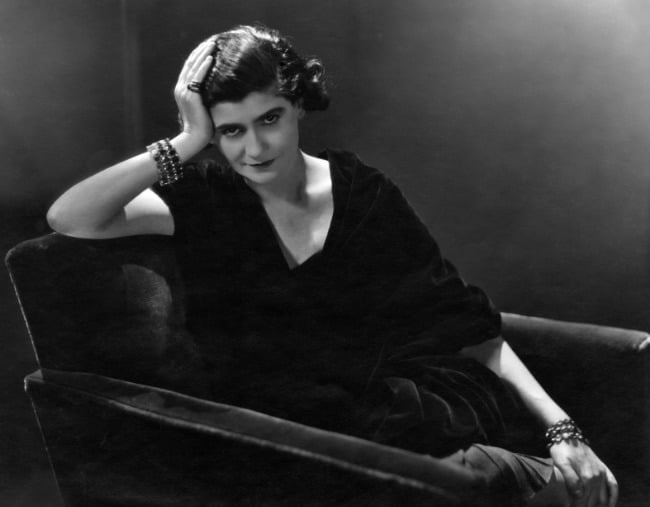
Almost every woman is familiar with the musky, heady scent of Chanel. No 5.
The iconic Chanel perfume first hit department store shelves in 1921 and since then it has been synonymous with opulence and wealth.
But the popular perfume has a dark history that most people don’t know about.
You see, the perfume’s creator was none other than Gabrielle “Coco” Chanel, an eccentric Parisian fashion designer who may have been a double agent during World War II.
By the beginning of the 1920s, Coco was well-known in French fashion circles and she had a bunch of successful boutiques Paris, Deauville and Biarritz.
According to Tilar Mazzeo, the author of The Secret of Chanel No.5, Coco’s fashion career really began when she became the mistress of textile baron Etienne Balsan in 1909.
Not long after they began their affair, Coco set up a millinery boutique on the first floor of Balsan’s apartment.
“She had really begun her career in what the French would call the demimonde, the kind of shadowy, half world of mistresses,” Mazzeo wrote. “She was the second mistress of a very rich man. That was how she got her start.”
Then in 1921, Coco made a decision which would define the rest of her life.
According to the BBC, she joined forces with celebrity perfumer Ernest Beaux to create perfume that would epitomise the “new, modern woman”.
Top Comments
Yep. Other women were having their heads shaved and paraded through the streets as traitors for the mere suspicion of sleeping with a German solider or officer. Even if they were in a 'relationship' against their will.